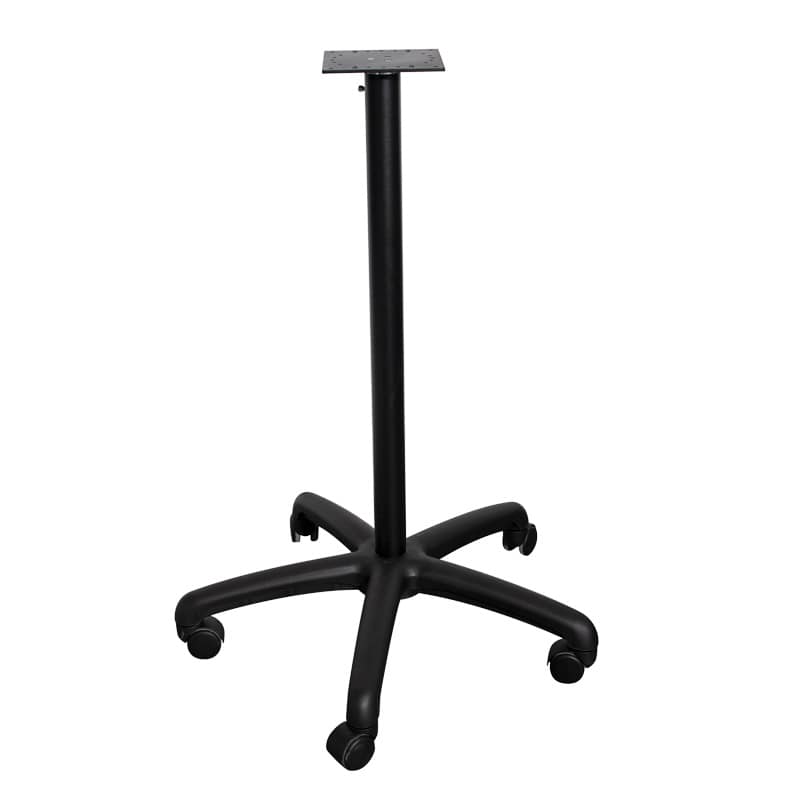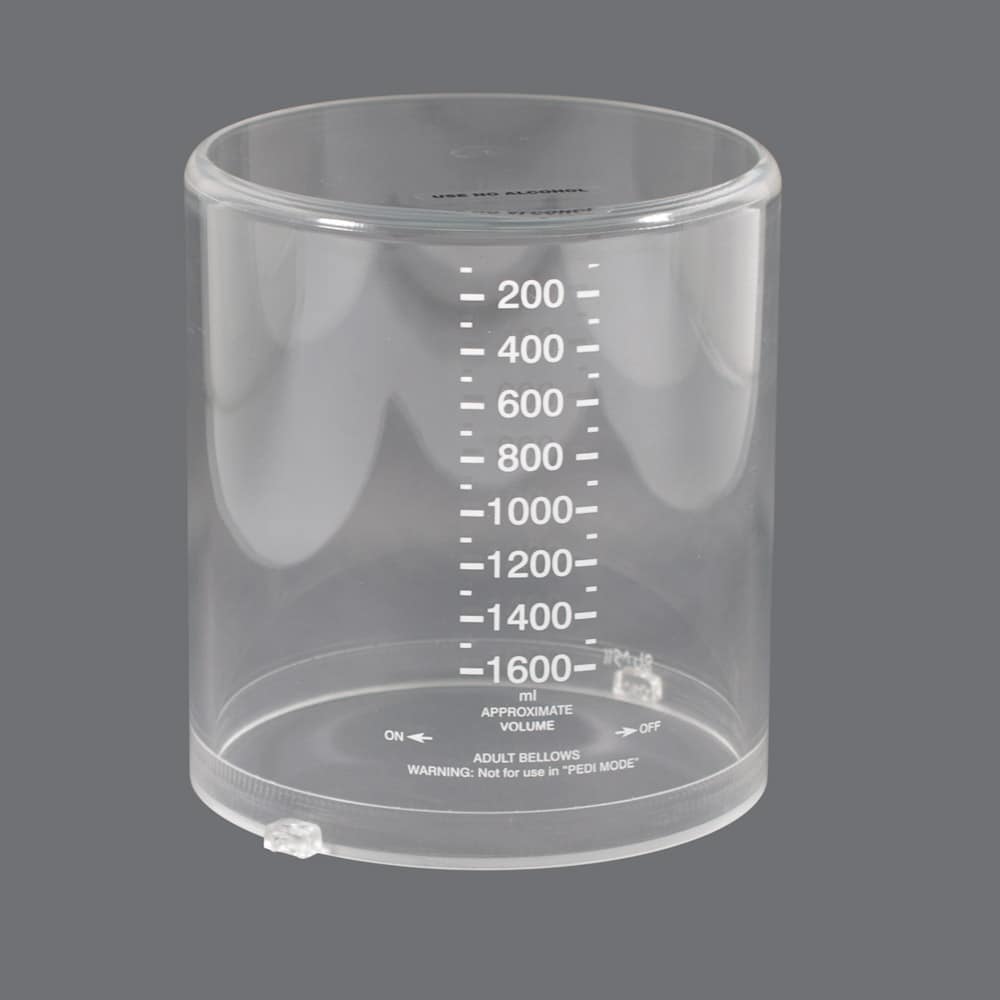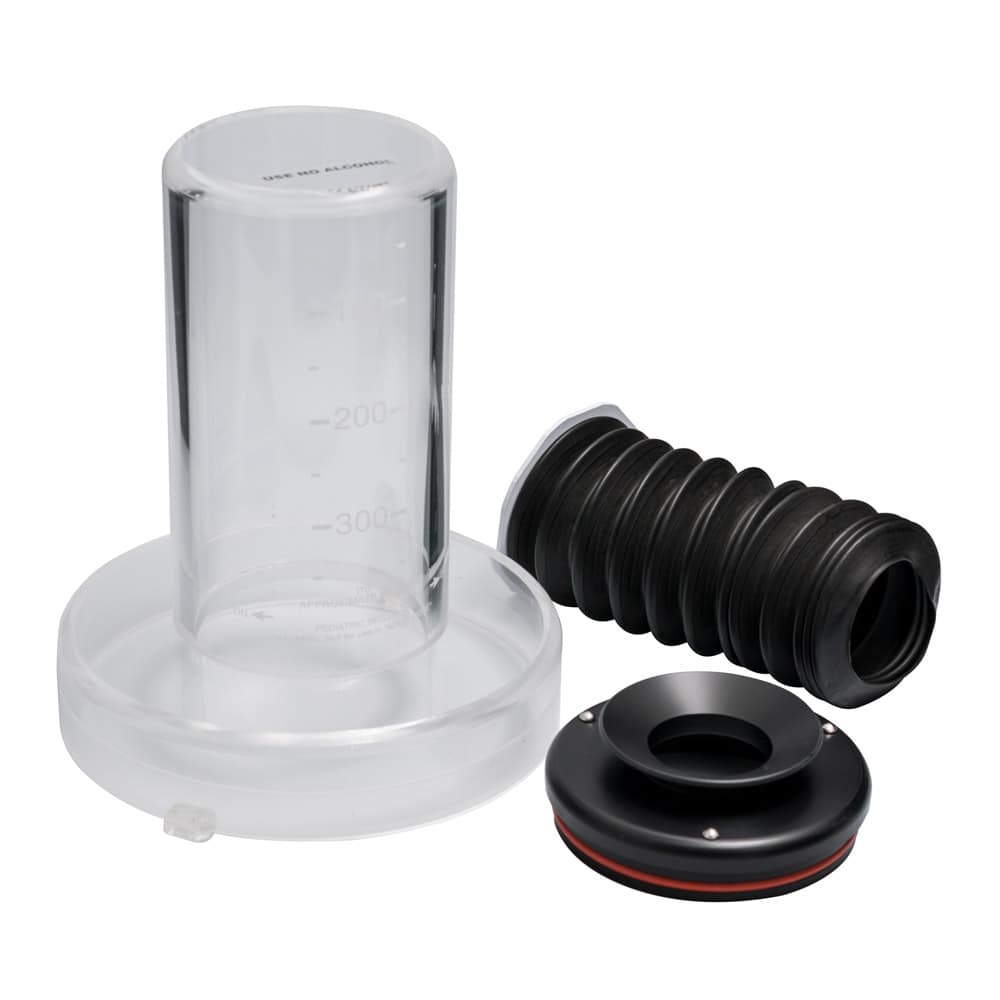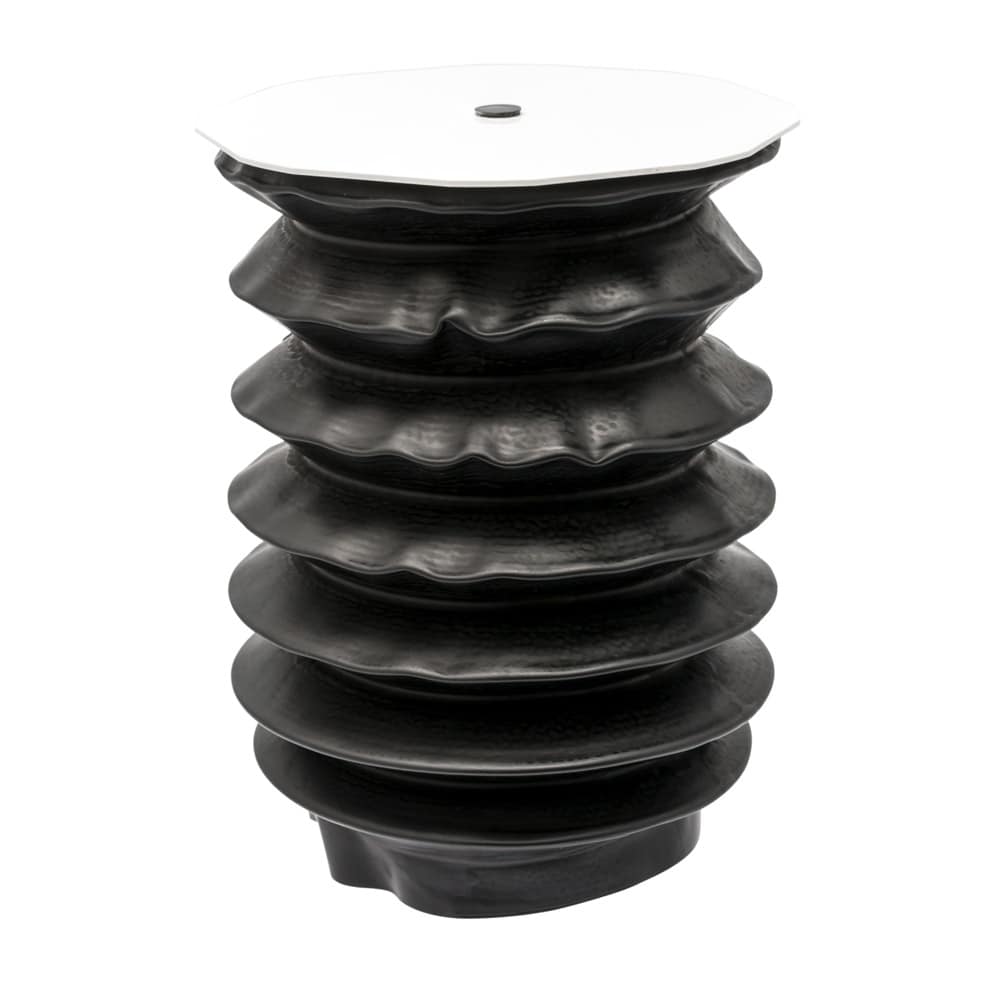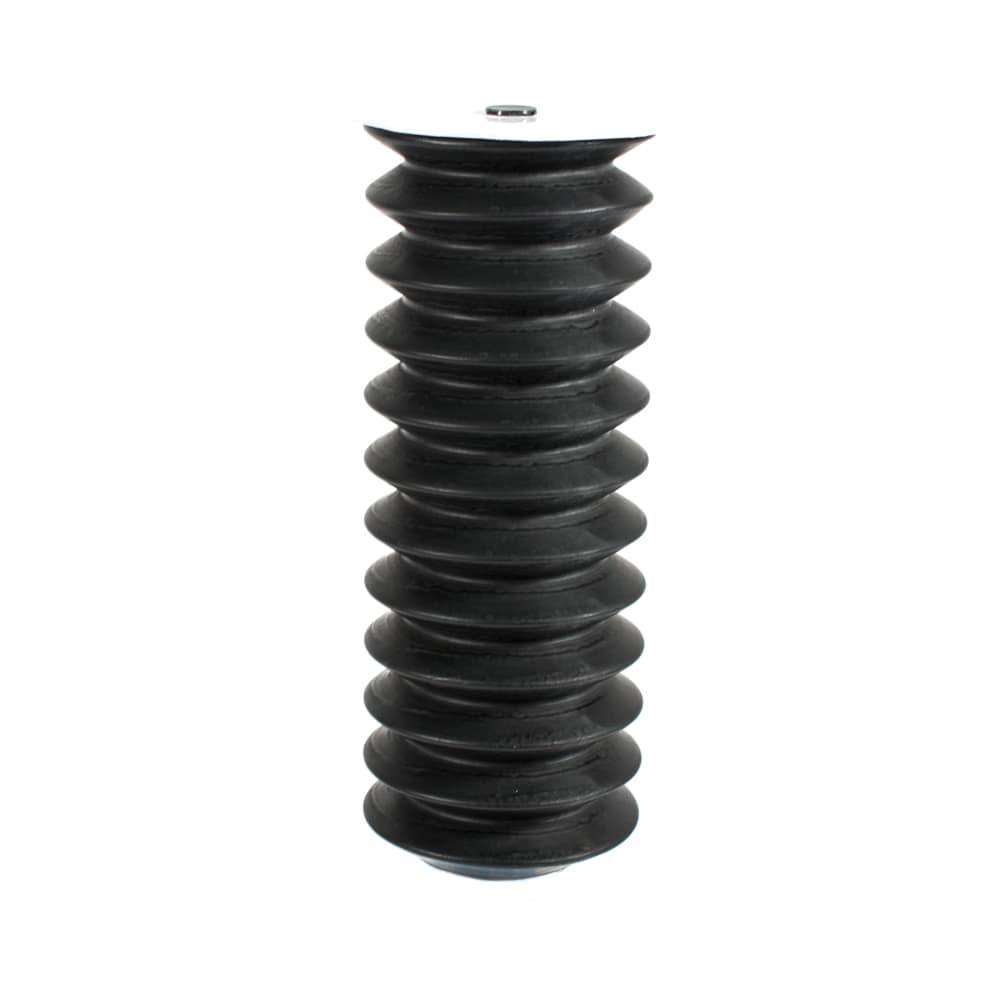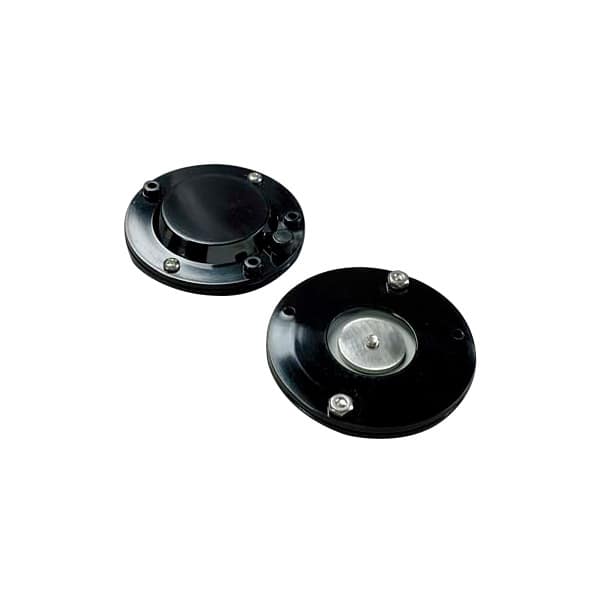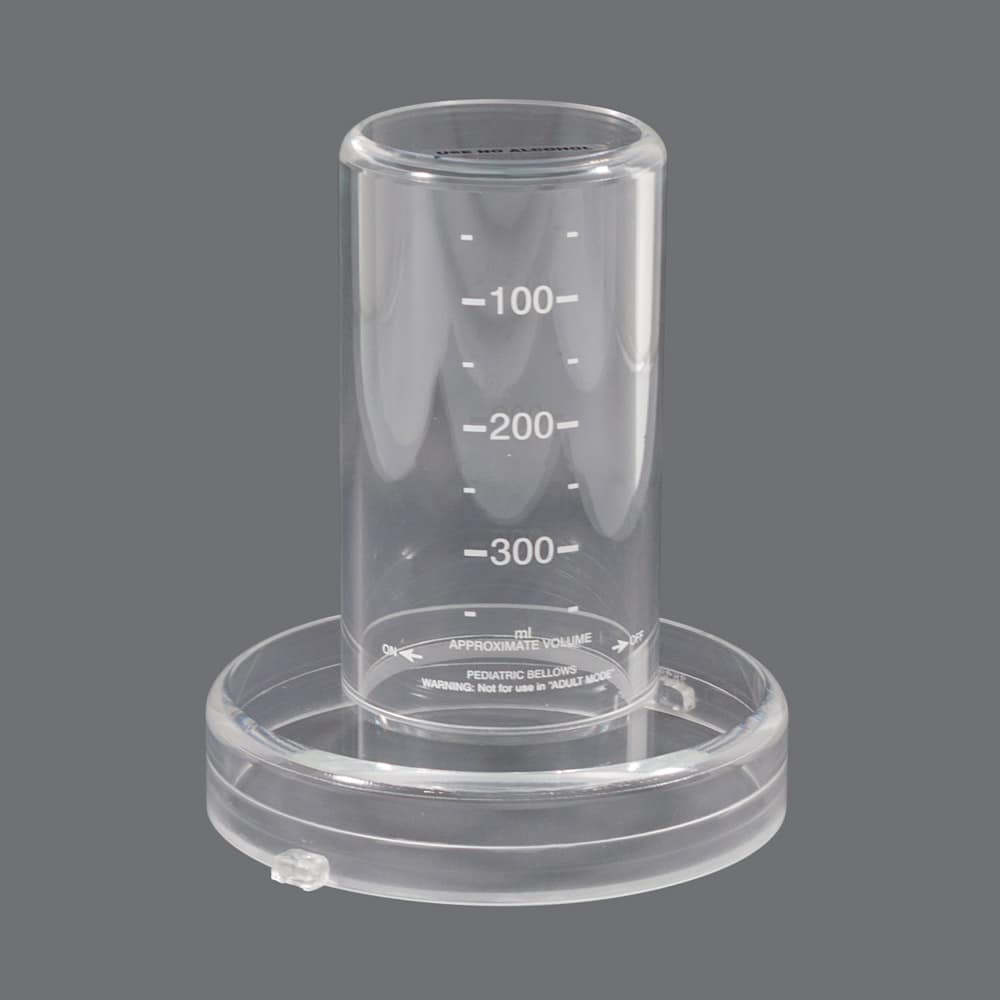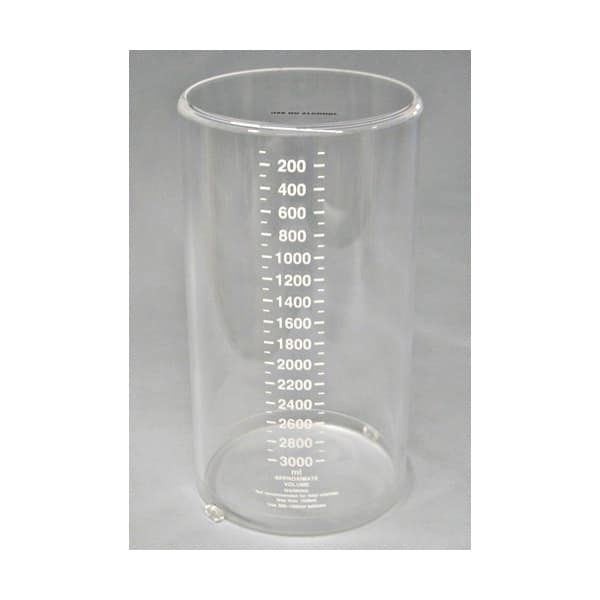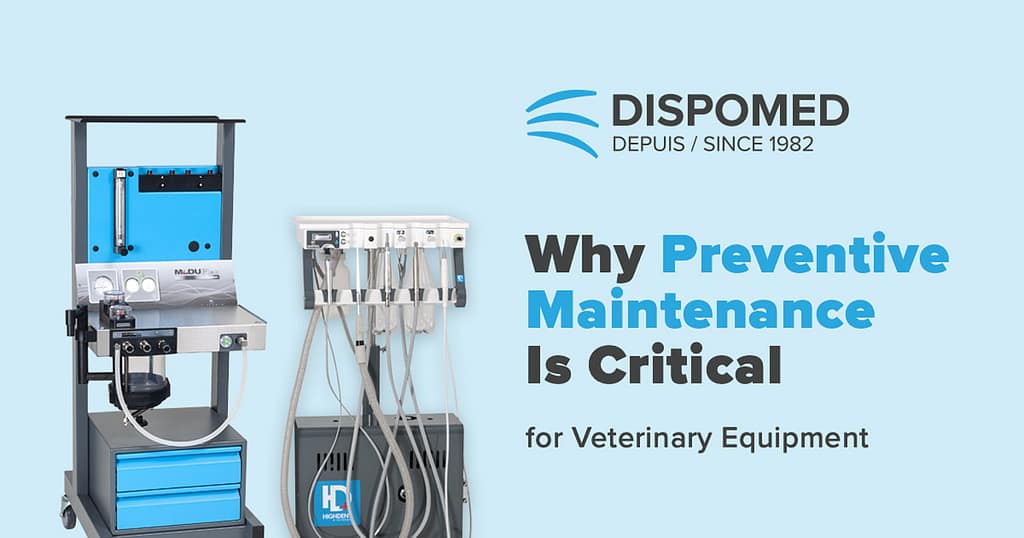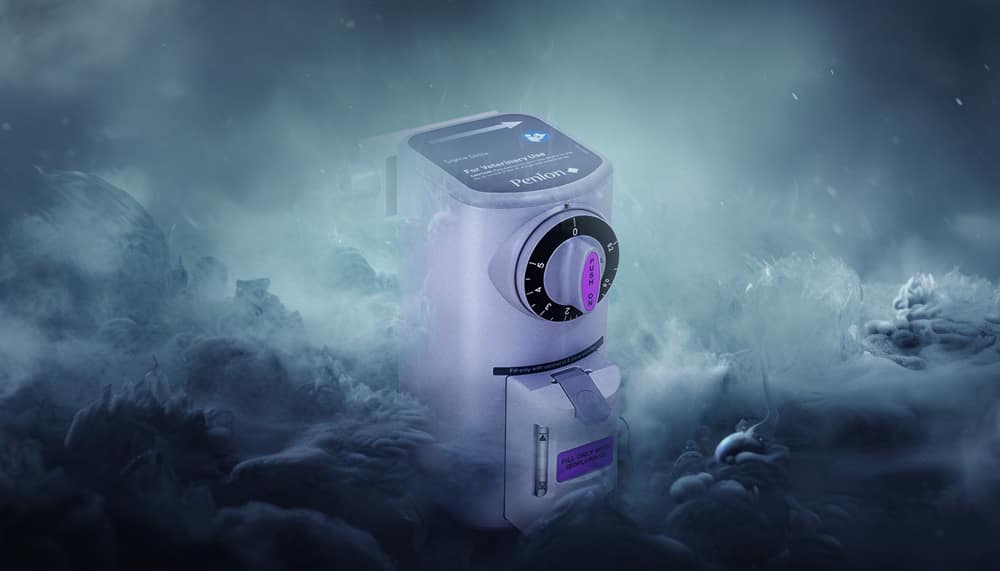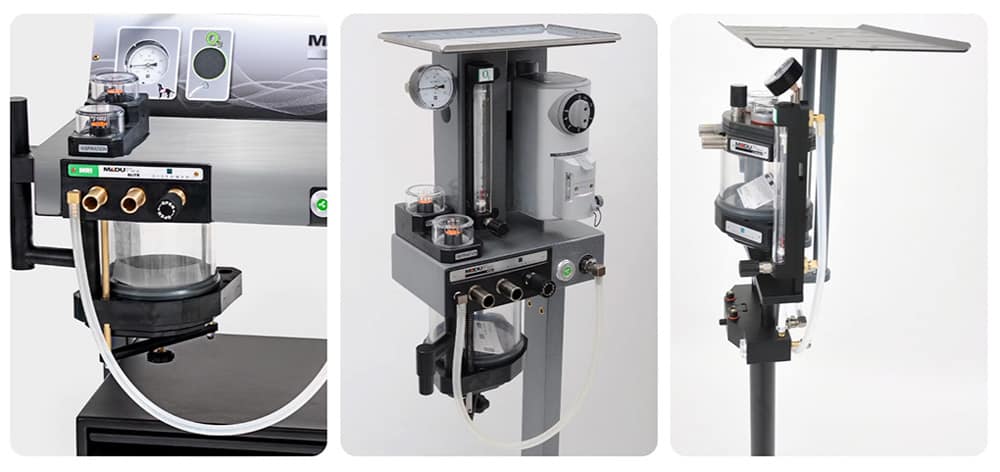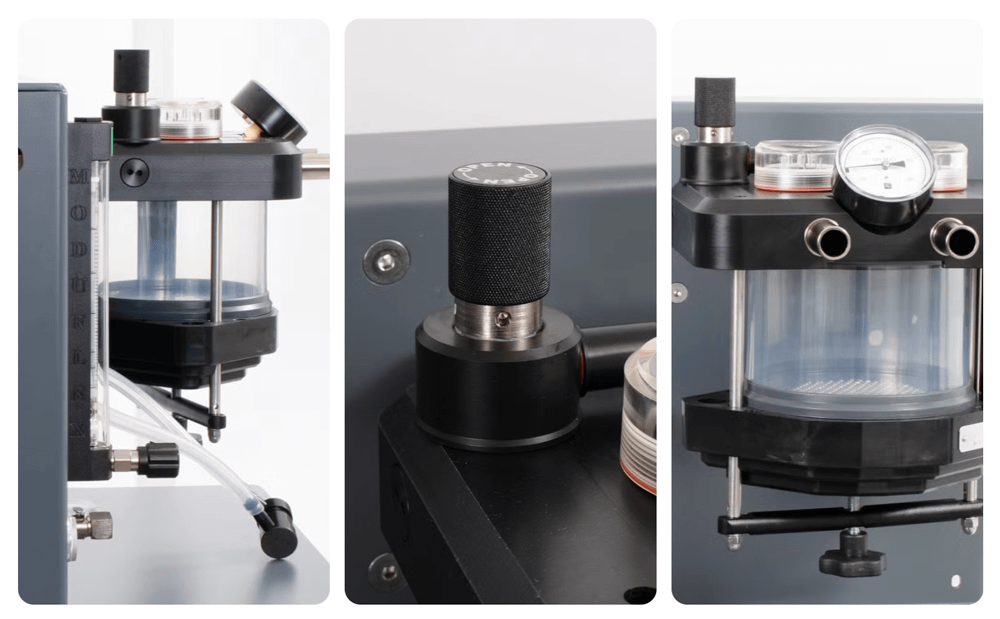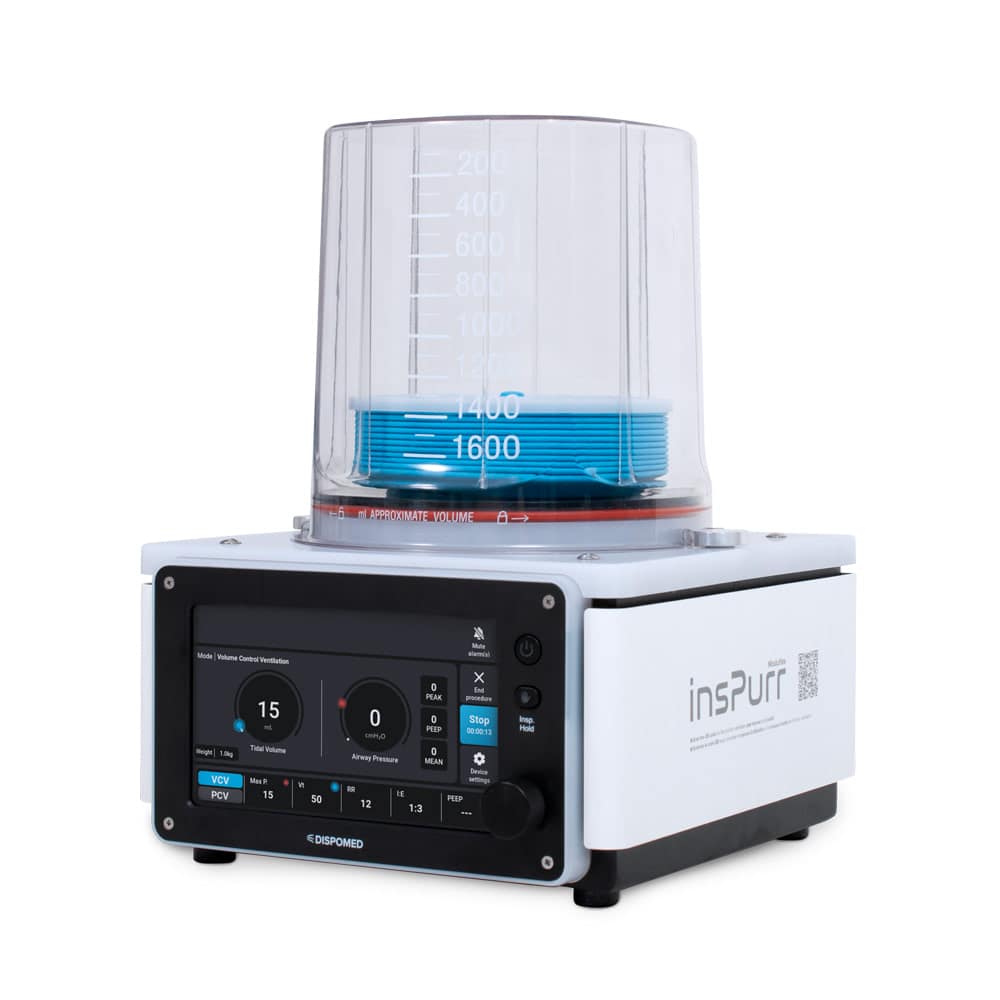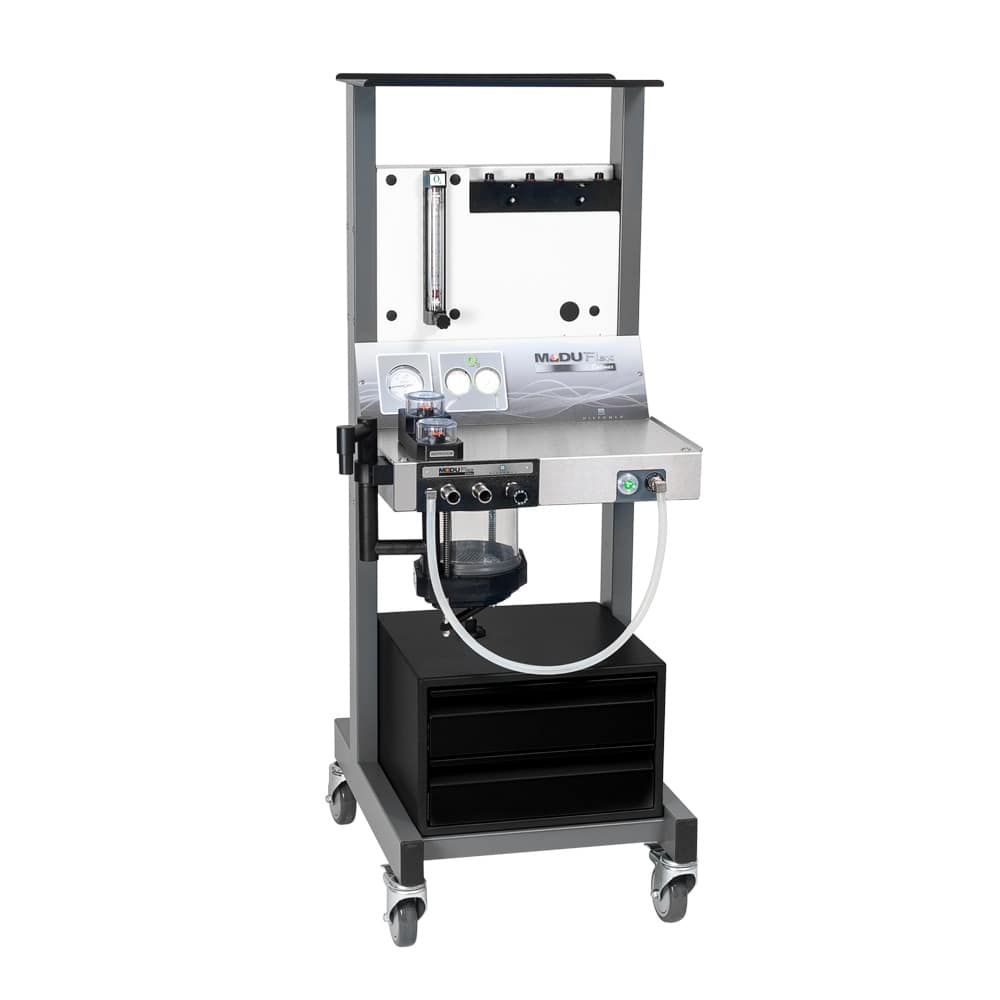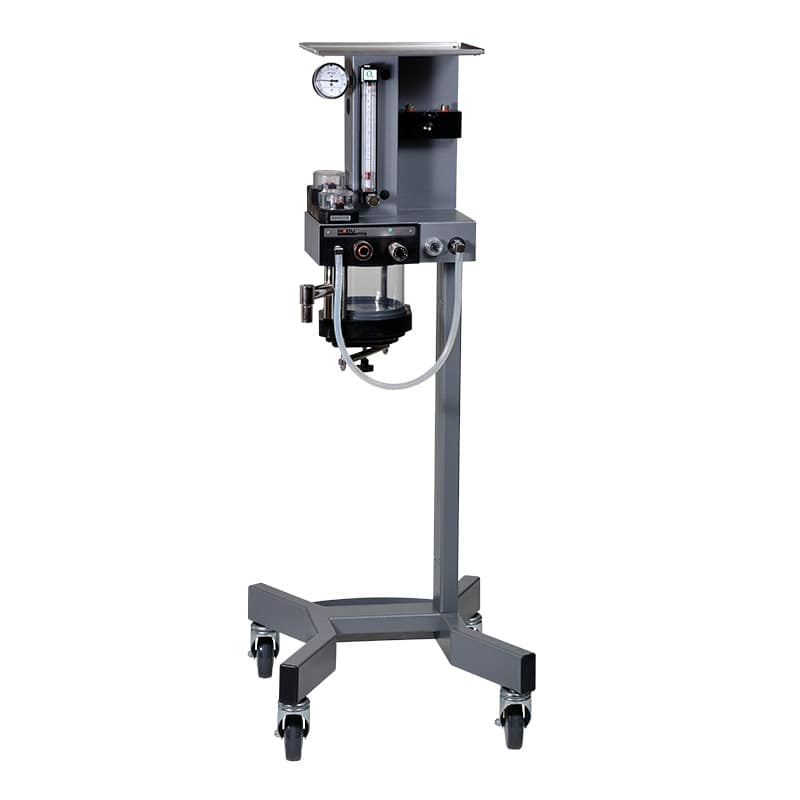Electronic control
Eliminates the substantial driving gas required to operate pneumatically controlled ventilators.
Time-cycled
Ensures consistently spaced breaths. The possibility of stacking breaths or auto-PEEP is eliminated by keeping the I: E ratio constant at 1:2. This means that regardless of the respiratory rate setting two-thirds of the breath will remain for expiration. The respiratory rate is adjustable from 6 – 40 breaths per minute (BPM).
Volume constant
Ensures that each delivered breath will have essentially the same volume, independent of changes in animal patient compliance and airway resistance. The deliverable tidal volume (TV) range is from approximately 20 cc to 3,000 cc.
Pressure Limited
Provides for animal patient safety by limiting the maximum working pressure (MWPL) to a user-adjustable pressure range of 10 – 60 cm H2O.
Ventilators are equipped with dual airway pressure alarms that monitor and sound when the peak inspiratory pressure (PIP) of any breath either exceeds the preset maximum working pressure limit (MWPL); or fails to reach 6 cm H2O as in the case of a disconnect.
Adjustable I: E Ratio
Normally, without this option, the I: E ratio is fixed at 1:2, that is, 1/3 of the period of each breath is an inspiration, and 2/3 of each breath is exhalation. Regardless of the respiratory rate, the animal patient will always have 2/3 of the cycle to exhale. This fixed I: E ratio can be fixed at a value other than 1:2 at no extra charge.
The adjustable range is from 1:1.5 to 1:4. The pros and cons are that this option affords the operator more flexibility in dealing with animals that have compromised lung function. But during anesthesia, most animal patients are lung healthy and the addition of this control can add to the complexity of setting the ventilator. For example, consider that you have a hypercapnic animal patient. To bring that animal patients’ CO2 level to a more normal range you must decrease the overall gas exchange, the Minute Volume (MV). Without this option, only one knob controls the MV, which is the Volume control.
Electrical guide
120 volts / 1.2 amperes

